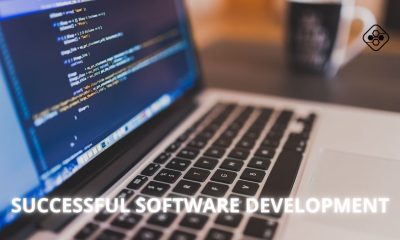

The IT industry in Ukraine has shown impressive growth, with the number of IT professionals reaching 281,607 in 2024. However, this number could have been even...


Why Outsource Software Development to a Company? Outsourcing software development is an effective way to get the work done. It saves you time and money. You...
When it comes to the world of software engineering, there is a wide range of titles that professionals can hold. From Junior Software Engineer to Senior...
Are you a tech startup on the hunt for the perfect software developer? South America is quickly becoming an attractive destination for tech startups looking to...


Hire ERP Developers with Expertise in Various ERP Systems An ERP system is a business software that integrates all facets of a business, which are operational,...


“Green software” refers to software programs that are designed and developed with environmental sustainability in mind. These programs are intended to minimize their impact on the...
Struggling to build a successful AI team? You’re not alone! It’s possible to create a reliable and cost-efficient offshore AI team. We’ll show you how! Here...
Have you thought, “How can I make a secure product with not much money?” Well, you are in luck! Learn all about Minimum Viable Secure Product...
If you work in healthcare, you’ve probably heard of CPOE software, or Computerized Provider Order Entry. But what is it, really? CPOE is a system that...
One industry saw a surge during “COVID-19.” There were 3.2B gamers world-wide last year, generating $196 bil in revenue by 2022. Development is in lockstep with...
Online gambling is one of the fastest growing sectors of the modern economy but in Malta, it is breaking all records at a pace unprecedented even...


It’s a kind of software testing used for verifying the functionality of the applications software application. Functional testing involves testing functions with values, estimating the output...
Recent Comments